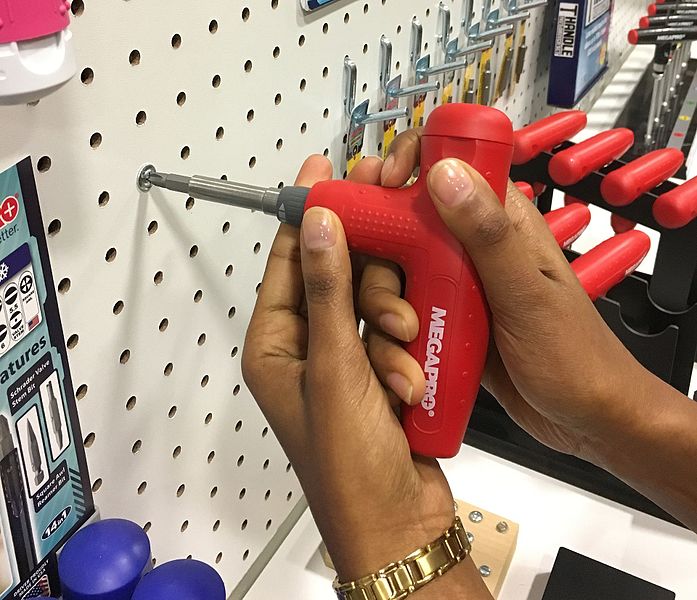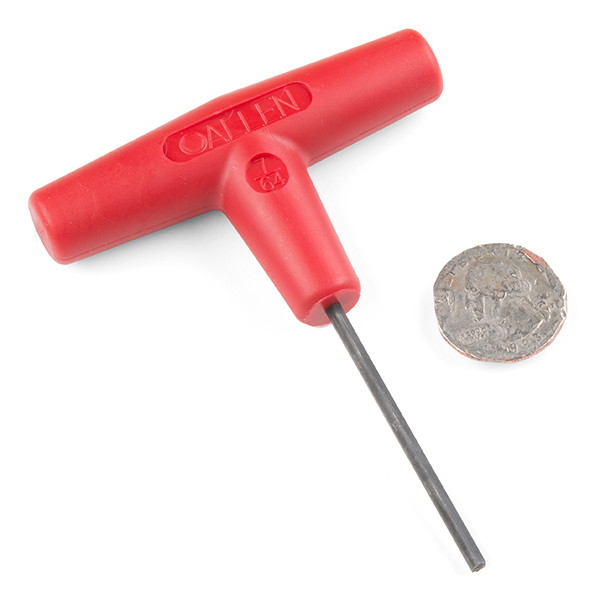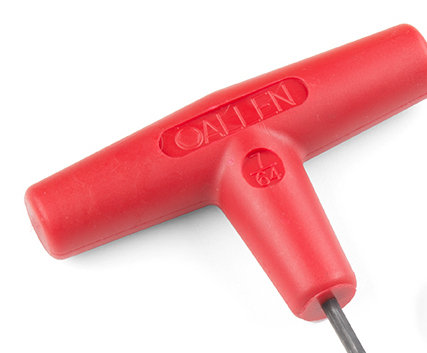Of all the tools I’ve ever owned, there’s one stand-out set that I truly enjoy using to work on my machines. Not a favorite socket wrench or a vintage voltmeter, but my T-handles. My sets of T-handle wrenches are used in the vast majority of the maintenance tasks in my garage. This is my paean to my most beloved of tools.
Apologia
So, let’s start with the contradictory: an admission. I’m not actually a hardcore wrenching rider. I don’t derive nearly as much satisfaction from the act of maintaining my machines as I do riding them well each day and taking them to far away places. My maintenance is simply that which is required and not a hobby unto itself. Nothing wrong with those folks, for sure. They’re often very useful people to have around, say, when your fork seals finally let go. Or perhaps when you need to split your engine cases.
But we need to do our maintenance. With the mileage count that a moto-commuter racks up, we end up doing quite a lot of it. The more we can take care of ourselves, the less downtime our machines have. Machines that have more-straightforward maintenance stay on the road more, no different than trucks or airplanes. Machines that require less maintenance in the first place incur lower costs.
And most of all, making the maintenance easy on ourselves makes us more likely to keep up with the schedule. This means our machines will stay on the road longer and we protect what is. after all, our investment.

Creative Commons 2.0, Attribution Required. Courtesy of Klara Krieg.
T-Handled Wrenches: My paragon of Utility
My favorite tool, the long-shaft 1-piece T-handle wrench, takes care of 85% of the tasks in my shop. None of my tools have the same degree of reach into the recesses of battery or engine spaces. I don’t have to swap between extension lengths the way I do when working with a standard wrench. I find that motion particularly annoying when re-assembling the bike or attaching accessories. Pfaffing around with a sloppy extension bar that reduces the feel for the tension on the fastener really bugs me, and I hate having extra slop on any moving parts.
When I need to reach down into barely-accessible spots, the ball-end on my hex T-handles makes it really easy. I can get in there and tighten fasteners down smartly. And most importantly, I can do that without having to do as much disassembly to reach them. With a regular socket wrench or a cheap Allen key, I may have to pull additional fairing panels. For some tasks, I would even have to remove the tank entirely. If I can save 20 minutes of teardown and assembly to get to a couple deeply-buried fasteners, I have more time to get to other things. Like the fork seals on the other bike.
When I need to torque down standard metric bolts, I have a nice set of aluminum T-handle bolt wrenches. In this case, they’re nothing fancy. They don’t have a polished sheen that slips in my hand. The finish is a bit rough and grips my shop gloves well. The wrenches have the socket end welded directory to the shaft, and I keep them on a slider that lives under my creeper chair. There’s no sockets to fall off and get lost. (I’m looking at you, 10mm sockets.) I, for one, do not enjoy fishing around in my fairings looking for sockets that got hung up on some stiffening ribs. Or worse, tearing it all down again just to track down a socket.
A Recommendation
One of the best brands of T-handles is Bondhus. They have a really nice rubber grip that fits the hand well. The handle is molded directly onto the wrench rather than a section of hex-key molded into the handle. It might sound like a subtle difference, but it’s noticeable with working on them. And for those who grew up watching Mythbusters, Adam Savage even posted his own video extolling the virtues of his favorite Bondhus Allen-key T-handle wrenches.

Creative Commons 2.0, Attribution Required
Courtesy of Sparkfun Electronics
T-Handle Wrench vs. Torque Wrenches
I’m not going to madly posture from the ridiculous end of the pool. T-handles cannot actually replace a torque wrench. Though a good T-handle is still better than a badly-calibrated torque wrench. I will say that not every fastener on a bike needs to be torqued down to perfect specification. Do I go to significant effort for the brake caliper and axle bolts? You bet I do. Do I worry about getting the exact number of ounce-inches on the fairing screws? Definitely not. But I have found that the better feel provided by a T-handle wrench that doesn’t have tolerance stacking from internal socket slop, socket, and extension bar means less fastener wear.
Speedy and Precise
Very Very precise
One aspect of T-handles that I particularly like is to be able to use the wrench to seat a fastener. I like to be able to rotate a fastener back slightly to ensure the threads are good. I’ve stripped a few bolt threads and had ham-fisted mechanics strip a few more that I had to repair. None of that is fun, and I’ve found T-handles work the treat for that. Just a little bit of back-rotation until I can feel the thread-end drop off the top to the thread below. Then I know I’m well seated and how much resistance to expect when spinning the T-handle. And in many cases, if I’ve applied the appropriate thread-locker, I can do that with my fingers. No torque wrench needed.
Speed Grips on T-handle Wrenches
And on the speed side of the discussion, I love Speed Grips on hex wrenches. While It’s easy enough to spin the wrench from the top, it’s tougher to apply even pressure with your other hand. Speed Grips solve that particular problem by including a metal barrel that spins around an inner section that fits over the hex-key section. You can then apply pressure with your off-hand to hold the fastener in place while attempting to line it up.
Caveats and Drawbacks to T-handle Wrenches
Obviously, there’s some things these wrenches can’t do. They don’t make up 100% of my work, so there must be a few gaps.
T-handle wrenches can’t totally replace your sockets. You can’t hook up a T-handle up to a torque wrench. You’ll still need those sockets and a good torque for tightening down important fasteners. So for moto-commuters just starting out and on a budget, you still have to buy those. Perhaps save the T-handles for the birthday or a gift-oriented holiday.
T-handle wrenches also cannot also replace a socket and breaker bar combination. Sometimes you just cannot get enough torque on there to pop a tight fastener with just the forearm muscles. For that you need weight and leverage, and a 3’ feet breaker bar will move bolts (or strip them) in ways that a T-handle never will be able to.
And while we don’t see much of this on motorcycles, extremely large fasteners make for very heavy T-handles. Fasteners up over 20mm may be better with a ⅜” or ½” socket end, rather than the specific socket welded on the end. In researching this article I found videos that describe products used by railroad workers for 36mm fasteners that weigh several pounds and are about 3 feet(1m) in length.
So while a set of T-Handle Wrenches might not become your favorite implement of mass maintenance, I hope you’ve been made aware of some of the benefits. I love my T-handles dearly, and they make a task that I truly do not really enjoy something that I can at least take some pride in.
And for a full rundown of what you should carry, check out our article on our Moto-Commuter Toolkit.
